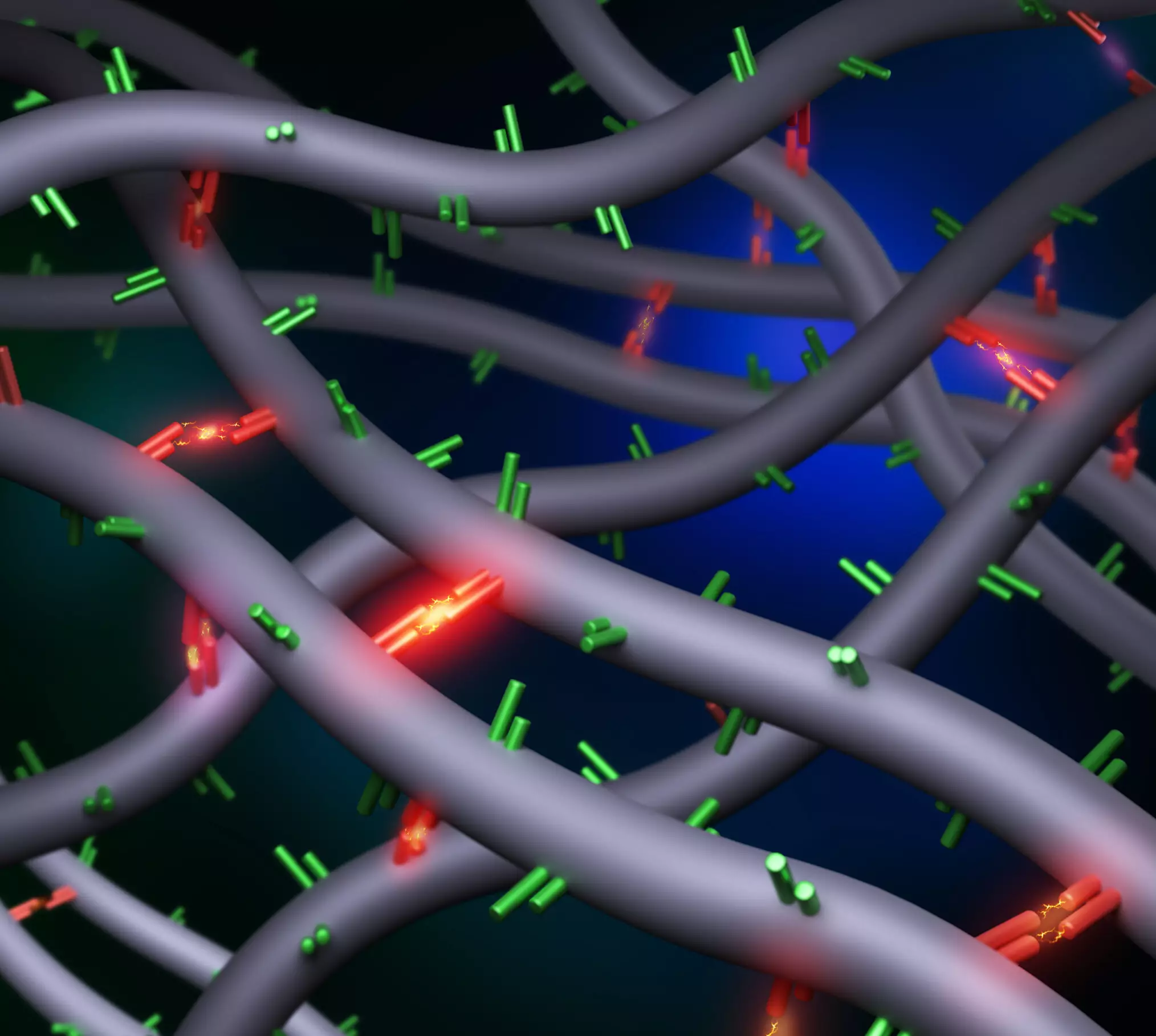A recent study led by the University of Virginia has challenged the long-held understanding of how materials known as associative polymers function at the molecular level. The study, which has been published in the journal Physical Review Letters, has important implications for the many ways associative polymers are used in everyday life, ranging from engineering recyclable plastics to developing human tissue engineering, and controlling the consistency of paint so it does not drip. The team behind the study believes that their new discovery could help to improve our understanding of the challenging areas of study in polymer science.
Associative Polymers
Polymers are macromolecules composed of repeating units, or monomers, and can be designed with specific characteristics by rearranging or combining these units and tinkering with their bonds. Polymers can also change states, from hard and rigid like glass to rubbery or even fluid depending on factors such as temperature or force. Associative polymers are especially distinctive, as their moieties, which are molecular subunits with customizable physical properties, are held together by reversible bonds, meaning they can break apart and reform. This process enables macroscopic properties that are inaccessible by conventional polymers.
Overcoming a material feature that has stymied researchers for years, the UVA team developed new types of associative polymers with bonds evenly distributed throughout the material at a wide range of densities, which do not form clusters. These new associative polymers allowed the team to study the effects of reversible interactions on the dynamics of associative polymers precisely.
Dynamics and behavior refer to traits such as the temperature at which molecule movement slows to a rigid “glassy” state, viscosity (how freely a material flows), and elasticity (its ability to snap back after being de-formed). A mix of these traits is often desirable to design a biomaterial compatible with human tissue that can reconstitute itself after injection.
For 30 years, it had been accepted that when the reversible bonds remain intact, they act as crosslinkers, resulting in a rubbery material. However, the UVA-led team found that the bonds can slow down polymer movement and dissipate energy without creating a rubbery network. Unexpectedly, the research showed that reversible interactions influence the polymers’ glassy qualities rather than their viscoelastic range.
Implications
The new discovery has important implications for the countless ways these materials are used every day, from engineering recyclable plastics to human tissue engineering to controlling the consistency of paint so it doesn’t drip. The research contributes to the development of self-healing materials with tailored properties.
From their experiments, the team developed a new molecular theory that explains the behavior of associative polymers, which could shift thinking about how to engineer them with optimized properties such as high stiffness and rapid self-healing ability.
Collaborating with Ting Ge, a computational simulations expert and assistant professor of chemistry and biochemistry at the University of South Carolina, and Quan Chen from the State Key Lab of Polymer Physics and Chemistry at the Changchun Institute of Applied Chemistry, who provided the initial code for analyzing the flow behavior of polymers.
The study into associative polymers by the University of Virginia has challenged the long-held understanding of how these materials function at the molecular level. The work has important implications for the countless ways these materials are used every day, from engineering recyclable plastics to human tissue engineering to controlling the consistency of paint so it doesn’t drip. The team behind the study believes that their new discovery could help to improve our understanding of the challenging areas of study in polymer science.



Leave a Reply